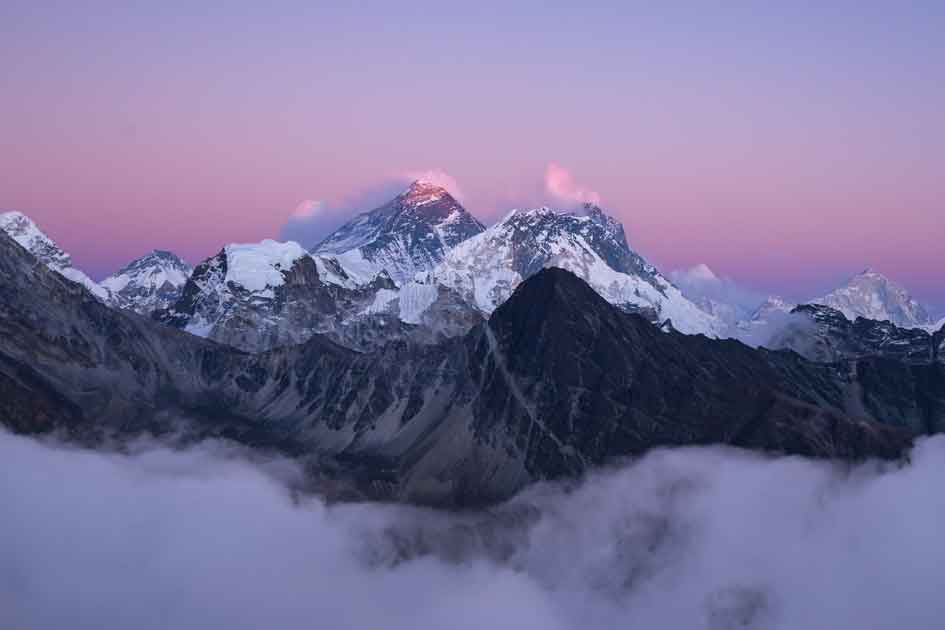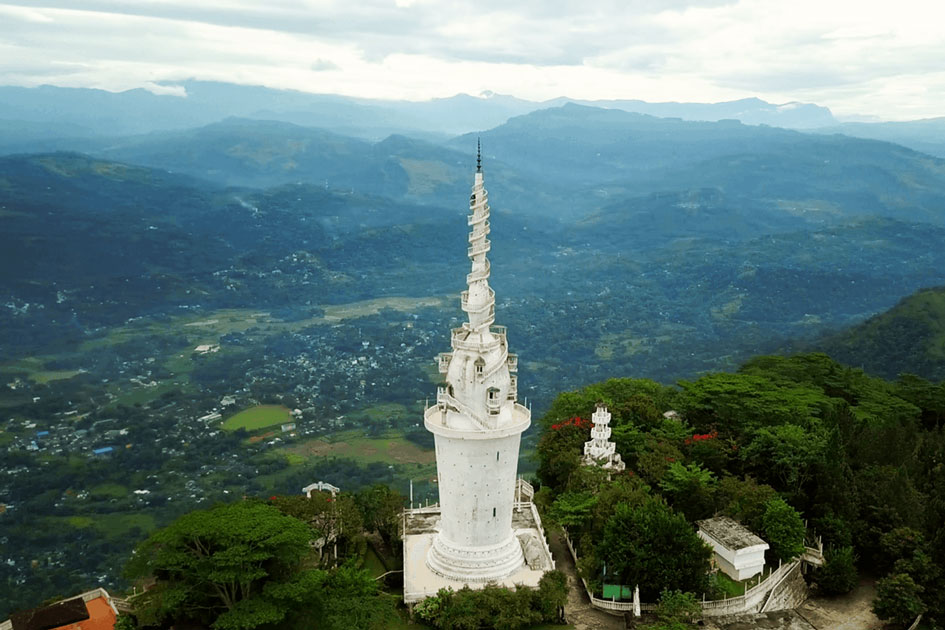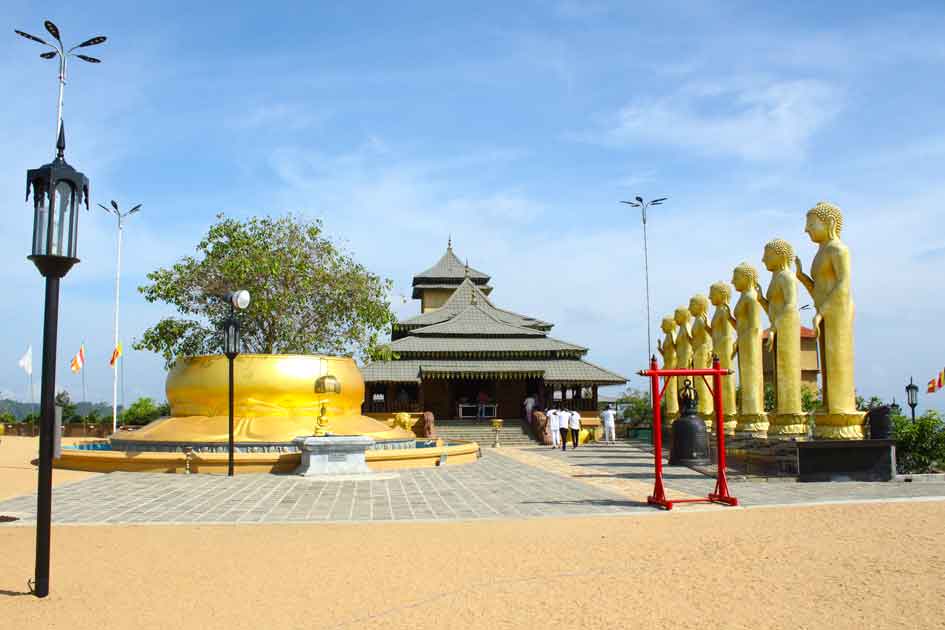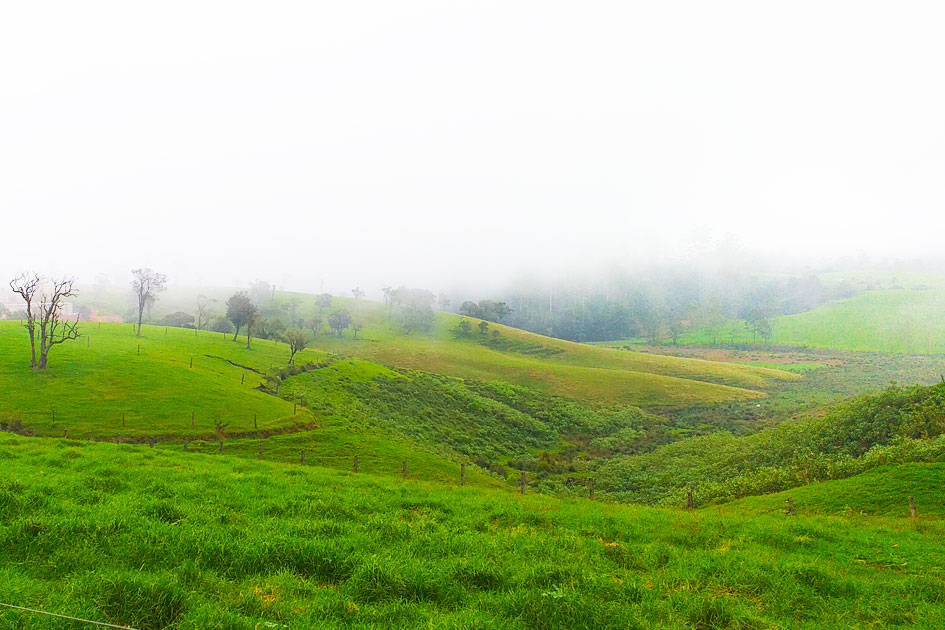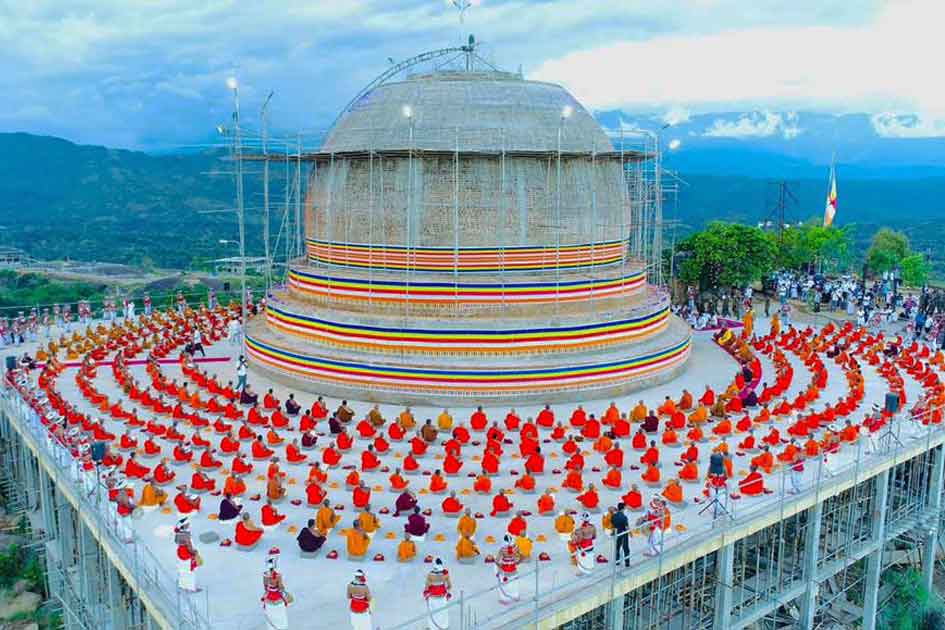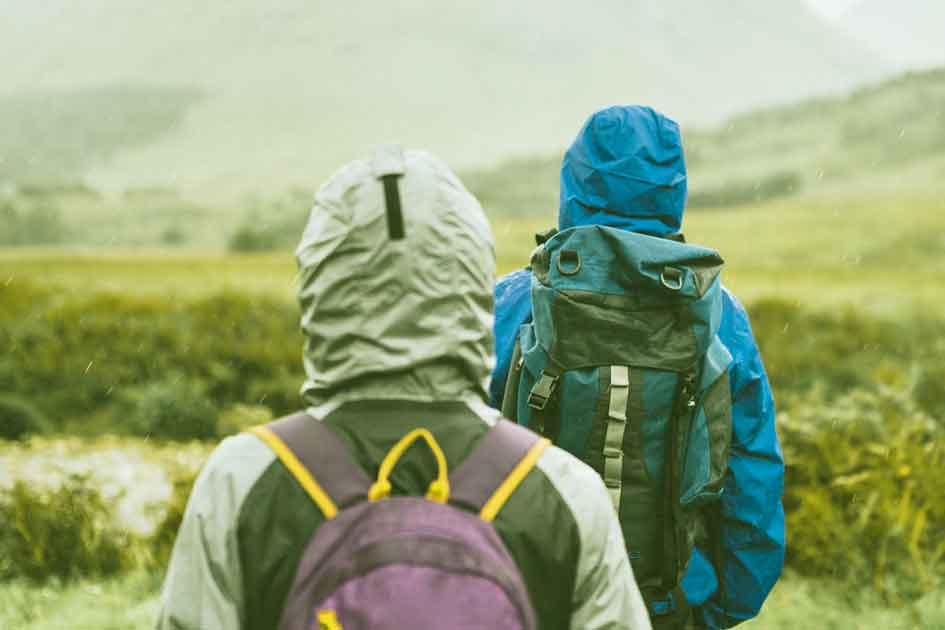Want to climb Mount Everest? Here's all you need to know
Learn all you need to know about Climbing Mount Everest, from its geology to the expense of the infamous summit.
Climbing the world's tallest peak has altered considerably in the years since humans first reached the top in 1953. Hundreds of mountaineers complete the feat each year, thanks to advances in knowledge and technology, as well as the significant infrastructure provided by commercially guided expeditions, which serve as a genuine freeway up the mountain for those prepared to endure both the hazards and the expensive expense.
Where is Everest?
Mount Everest, also known as Sagarmatha in Nepali and Chomolungma in Tibetan, spans the border between Nepal and Tibet at the top of the Himalayan mountain group. Although reaching the summit is a difficult and sometimes fatal endeavor owing to the great altitude, avalanches, icefalls, and other risks, the mountain is located quite close to the equator, at a latitude of roughly 28 degrees, the same as Tampa, Florida.
Everest hasn’t stopped growing
Everest is estimated to be 50 to 60 million years old by geologists, making it a relative newcomer. The mountain was produced when the Indian and Eurasian tectonic plates clashed, pushing up the rocks that eventually formed the world's tallest peak. That force is still at work today, with the top of Everest rising roughly a quarter of an inch per year.
A hostile environment
Everest's peak has roughly one-third the atmospheric pressure that occurs at sea level, limiting a climber's capacity to breathe inadequate oxygen. As a result, scientists have established that the human body is not capable of staying beyond 19,000 feet indefinitely. As climbers progress further up the mountain and their oxygen intake decreases, their bodies become more vulnerable to a variety of illnesses, including pulmonary edema, cerebral edema, and blood embolisms. At such altitudes, the chances of frostbite grow substantially as the heart works harder to pump blood around the body supplying oxygen. The vital organs come first, followed by the digits.
The great majority of Everest climbers utilize oxygen tanks to mitigate the effects of the tremendous altitude. Bottled oxygen, on the other hand, has its own set of disadvantages and hazards. To begin with, it is costly, heavy to transport, and empty cylinders are commonly abandoned as litter. Furthermore, inhaling "gas" only raises the relative oxygen level to roughly the same as the air at basecamp, and if it runs out on summit day, the body may be unable to adjust to the sudden shortage of oxygen. Finally, oxygen units are notoriously unreliable, as Everest guide Adrian Ballinger learned on summit day in 2018 when his team's breathing equipment failed in a systematic fashion.
How many routes to the top?
Despite the fact that 17 alternative routes to the top of Everest have been pioneered, nearly everyone climbs it by one of two routes. The Southeast Ridge, established by Tenzing Norgay and Edmund Hilary in 1953, is accessible from Nepal. There's the North Ridge from Tibet, where George Mallory vanished in 1924, long before a Chinese team ultimately completed the ascent in 1960.
Although experienced mountaineers think the two routes are equal in terms of overall difficulty, the difficulties are distinct. Mountaineers must speed over the treacherous Khumbu Icefall on the Southeast Ridge, although it is a little shorter summit day and simpler to descend swiftly in the case of an emergency. It is feasible to drive jeeps all the way to base camp on the North Ridge, but mountaineers must cross many kilometers of terrain over 27,000 feet to reach the summit.
How crowded is Everest?
Mount Everest's popularity skyrocketed in the 1990s when commercial expeditions up the peak were pioneered by foreign guides. Despite the dangers, Everest attracts hundreds of mountaineers from all over the world each year. The Nepal Ministry of Tourism awarded 347 individual climbing licenses to international climbers in 2018, with 261 summiting and 302 high-altitude workers. Meanwhile, on the mountain's north side, respected Everest historian Alan Arnette believes that an additional 239 individuals summited.
A large corporation based on a difficult task
Everest is a major business for local logistical businesses and the Nepalese government. A typical place on a commercial team costs between $40,000 and $100,000, depending on the quality of service and the outfitter's experience. The Ministry of Tourism stated that permission fees totaled $5.2 million in 2018.
The enterprise is supported by a small group of professional Nepalese guides who work together each spring to prepare the route with fixed ropes and ladders, equip each camp with necessities like tents, stoves, bottled oxygen, and food, and then patiently teach their Western tourists to the top.
Although traditionally, expeditions recruited Sherpas—the Tibetan tribe that lives closest to the summit—to carry tons of supplies up the mountain, today there are numerous ethnic groups who find a job on the mountain, giving rise to the less-appealing name of “high-altitude mountain worker.” Most people earn between $2,500 and $5,000 for a three- to four-month Everest adventure. Nepalese guides have begun to obtain training and certificates to international standards in recent years, owing to educational possibilities such as the Khumbu Climbing Center.
How long is an expedition?
The finest weather for reaching the summit of Everest generally arrives within the second part of May, but planning for a successful ascent begins months beforehand. the bulk of teams arrive in Kathmandu in late March to start acclimatization. Their basecamp support crew and high-altitude laborers are already on the mountain, hauling goods and preparing the route to the summit as they create their way toward basecamp. Climbers undertake numerous overnight sorties (“rotations” in Everest jargon) to increasingly higher camps up the mountain to acclimate, while the primary teams of Nepalese guides reach the summit in April. Teams expect to possess a longtime path of the many miles of fixed ropes extending from basecamp to the summit by the second week of May, with numerous well-stocked camps along the way.
Following a final rest—some teams will even decamp the mountain altogether to spend some nights at a lower elevation for optimum recovery—the summit push typically takes four to 5 days trip from basecamp. If all goes as planned, most Everest climbers are going to be finished and on their way home by the start of June.
How dangerous is it?
According to the Himalayan Database, as of the conclusion of the 2018 season, 295 individuals have perished while climbing Everest, while 5,294 people have successfully summited the mountain. the whole fatality rate—the number of deaths divided by the whole number of persons on the mountain, not just those that summit—is around 1.2 percent, which suggests that attempting to climb Everest encompasses a one-in-a-hundred risk of dying along the way.
According to Alan Arnette, “Everest is getting statistically safer, thanks to better gear, weather forecasts, and more people climbing with commercial operations.” “ 170 people died on Everest with 1,169 climbs between 1923 and 1999, accounting for 14.5 percent of all peaks. However, fatalities decreased dramatically from 2000 to 2018, with 7,990 summits and 123 deaths, or 1.5 percent.”
What’s the summit like?
The mountain's real peak could be a tiny snow dome approximately the dimensions of a dining room table. there's enough area for a half-dozen climbers to face and soak up the vista, however on busy days, mountaineers must act to truly stand on top of the world.
Is there anything left to explore on Everest?
The latest fresh route to be climbed on the height was completed in 2004 by a team of hardy Russians. While all three of Everest's major faces and ridges are climbed, the unclimbed Fantasy Ridge and therefore the so-called Horseshoe Traverse, an ambitious encirclement of Everest and its two adjacent summits, Lhotse and Nuptse, remain fascinating challenges for future mountaineers.
In many respects, Everest remains a blank canvas, says alpinist and National Geographic photographer Cory Richards. “It's still as high, chilly, and frightening as before. How one decides to climb it's the maximum amount of a show of imagination because it is of aptitude. Every problem contains a new solution, and Everest is not any exception.”
